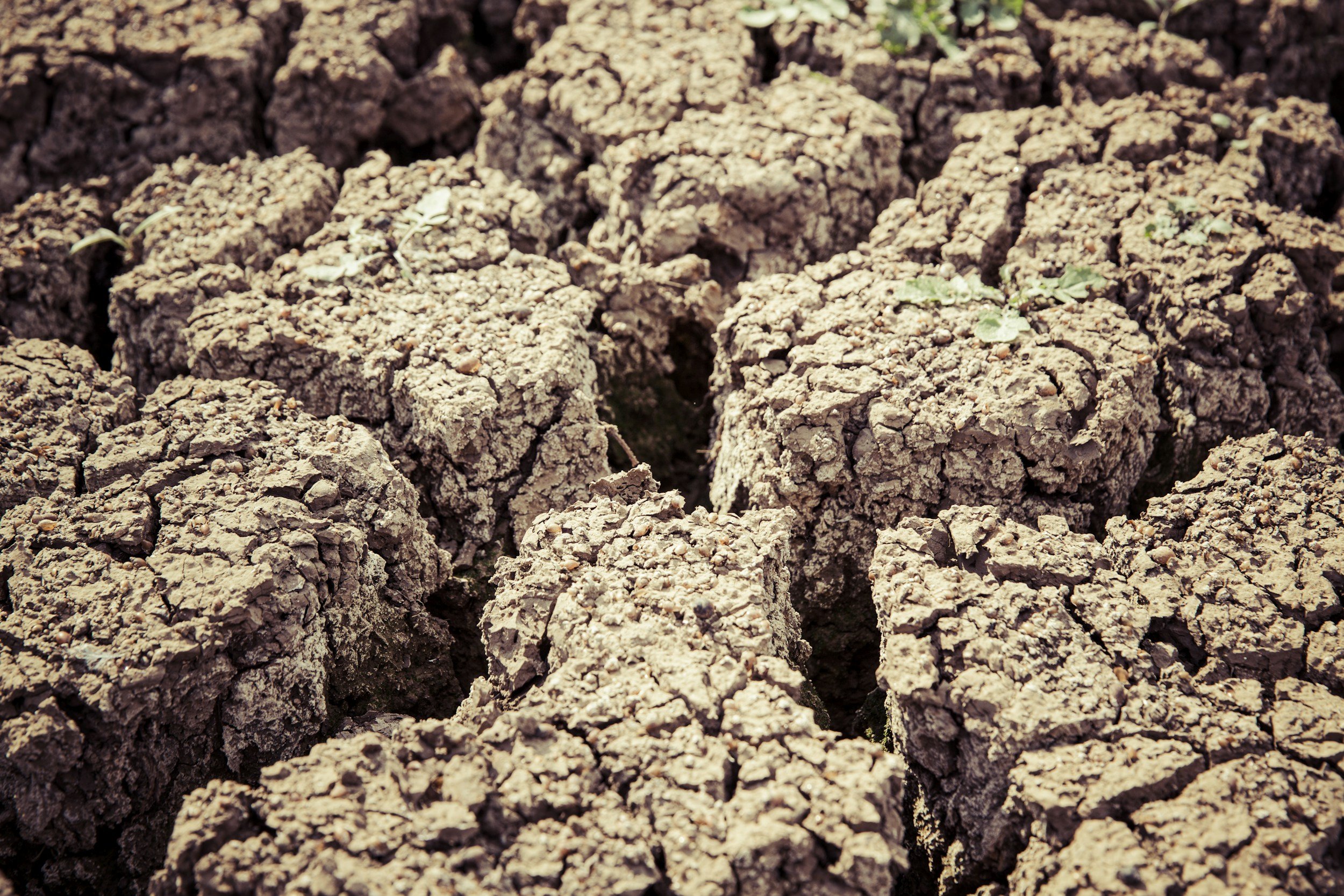Loss of Agricultural Land And Consequent Risks in Central Asia
By Daniyar Egen | 14 November 2025
Summary
Soil degradation due to technological and economic reasons alike, poses developmental threats to regions whose GDP is dependent on agriculture.
The absence of sustainable land management practices, combined with the unpreparedness of stakeholders to implement them, creates an environment prone to crises.
With an increasing neglect of soil degradation-related issues, the region risks not only endangering the working farmers’ population directly by causing internal and external migration, but also jeopardising the region's food security and food resources.
Context
A porous and biologically active medium located in the upper part of the Earth‘s crust is the primary resource for sustaining food. However, human activity, including unsustainable land practices, mining, and construction, may intensify the processes leading to soil erosion and degradation. Therefore, this poses a risk of creating an environmental issue with social and economic consequences.
Agriculture is a significant part of Central Asia’s economy, accounting for up to 20% of the economy in Tajikistan. The region, however, also faces high rates of poverty, and the degradation of arable land poses significant threats to poverty reduction efforts, as well as hindering the region's economic development. According to the FAO report and an agricultural economics study, the degradation of land and its consequent negative impacts on agricultural activity, rural livelihoods, and food security are inextricably linked with political stability.
Implications
High levels of poverty, low market access and a decrease in the working population caused by land degradation contribute to the political instability. The lack of professional governance and resources is only exacerbating the mismanagement of agriculture. As human activity is one of the primary causes of this crisis, artificially induced soil erosion and degradation require detailed attention. Poorly maintained drainage systems, monoculture production, and overgrazing comprise a significant portion of the mismanaged technological hurdles.
Drainage systems fail to drain off excess water and salts, thus preventing desalination and obstructing irrigation, due to their outdated construction and neglected maintenance. This often leaves private actors and international organisations to finance and monitor the technological change. Soil erosion and fertility depletion have also been caused by the expansion of monoculture production, characterised by intensive tillage and limited soil cover, as well as the lack of soil and water conservation measures. The introduction of sustainable agricultural practices can solve the technological and economic causes of arable land degradation. However, the main difficulty in implementation lies in the delayed profitability of practices, as they typically become profitable within three to ten years. Therefore, agricultural households under economic pressure do not have the time to invest in studying and implementing, or can not afford to wait 3-10 years for the investments to become profitable.
As agricultural productivity decreases, rural areas experience outward migration, particularly among the working-age population. Such demographic shifts can weaken local labour forces and further reduce agricultural output, creating a cycle of decline. Migration patterns linked to agricultural decline also create gender disparities, as it is predominantly men who migrate to urban centres or abroad in search of employment, leaving behind women, children, and the elderly. As the GDP of the region largely depends on remittances from migrant workers (up to 48% in Tajikistan), governments face a dilemma of retaining the working population within the country while maintaining a high enough GDP. This raises the issue that, although Central Asian countries would like to be more economically independent from countries like the Russian Federation, where most Central Asian workers migrate, a clear economic dependency and lack of resources hinder the necessary policy development.
These issues may be addressed, however, with governments and development organisations prioritising educational programs, financial support mechanisms, and community-based initiatives that encourage the adoption of sustainable agriculture practices.
Markus Spiske/Unsplash
Forecast
Short-term (Now - 3 months)
An almost certain continuation of the negative trends with high impact, as the implementation of the sustainable practices is challenging in the short term.
Medium-term (3-12 months)
With no implementation of sustainable land management, the region is highly likely to lose its working population to foreign countries and urban centres with a continuous reliance of Central Asia’s GDP on remittances,
Long-term (>1 year)
There is a realistic possibility that the region may risk compromising its independence in sustaining food security and self-sufficiency. This could have a significant impact not only on political development but also cause substantial damage to ecosystems and farmers’ communities. The risks, for now, are low, as most countries in the region, except Tajikistan, have achieved food sufficiency.



